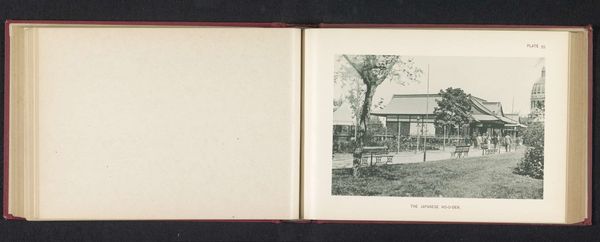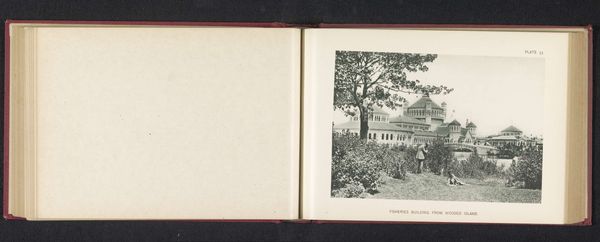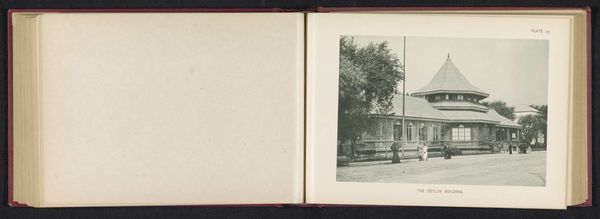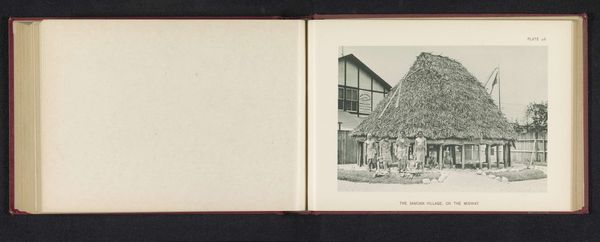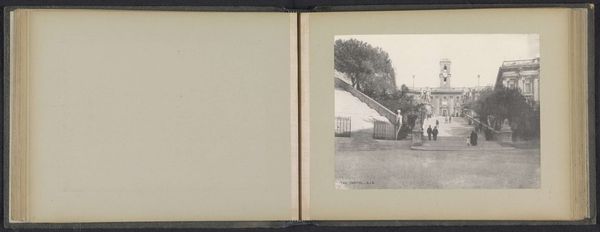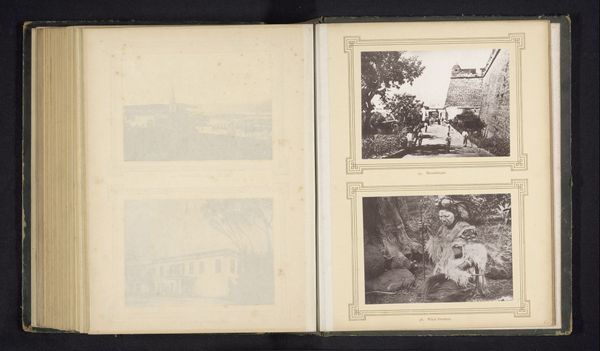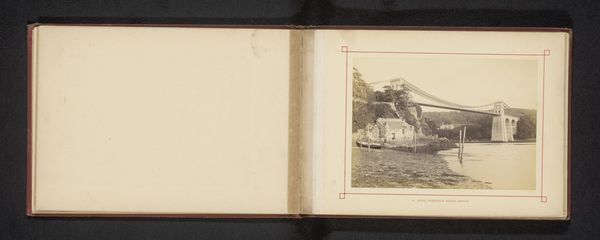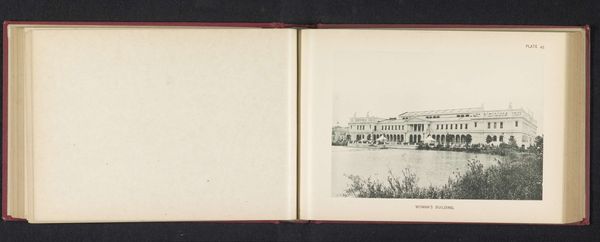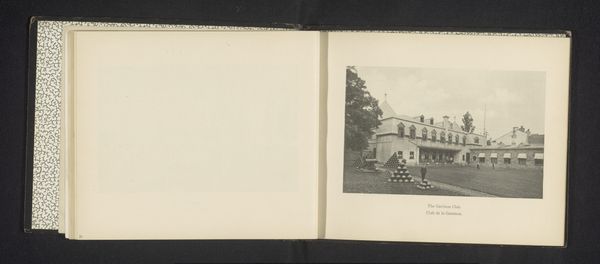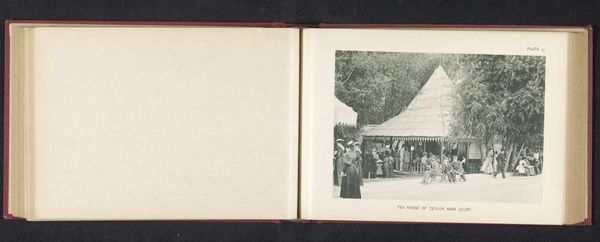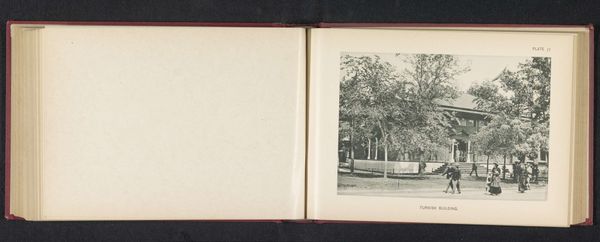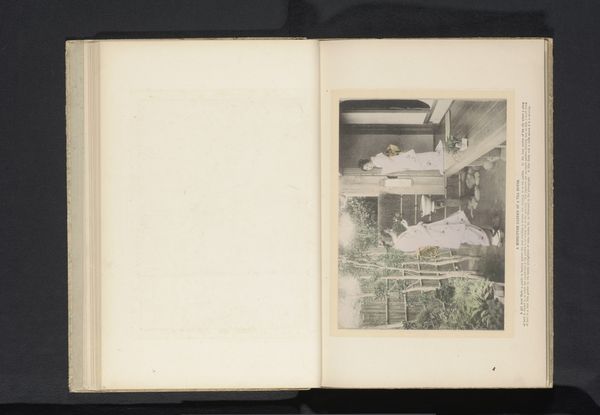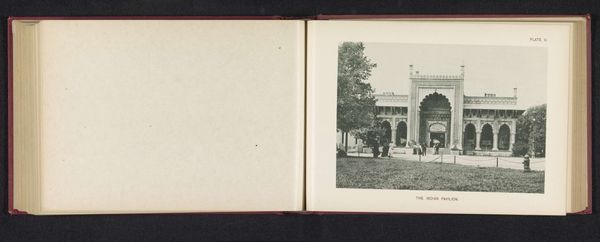
Japans theehuis op de World's Columbian Exposition in Chicago in 1893 1893
0:00
0:00
albumen-print, photography, albumen-print
#
albumen-print
#
aged paper
#
script typography
#
hand drawn type
#
landscape
#
photography
#
personal sketchbook
#
hand-drawn typeface
#
fading type
#
thick font
#
white font
#
delicate typography
#
albumen-print
#
historical font
Dimensions: height 133 mm, width 190 mm
Copyright: Rijks Museum: Open Domain
Curator: This is an albumen print from 1893 by Charles Dudley Arnold, capturing the Japanese Tea House at the World's Columbian Exposition in Chicago. It offers a window into how Japan presented itself on the world stage during the height of Japonisme. Editor: Well, hello there, visual time capsule! It feels both incredibly detailed and oddly dreamlike, like a scene glimpsed through a smoky mirror. There’s a stillness about it. Like the world's holding its breath. Curator: Precisely. These world fairs were carefully curated stages for nations to display their cultural prowess and technological advancements. The Japanese Tea House served as an emblem of cultural diplomacy. Editor: I imagine it as a portal, really. This serene little pavilion smack-dab in the middle of all that…brass and bustle. I can almost smell the cedar and green tea just looking at this picture! It feels… separate. Curator: That sense of "separateness" you feel gets at the heart of the period's fascination with the "exotic" East. These curated environments fueled both genuine interest and a fair amount of cultural appropriation. The Exposition played a crucial role in introducing and solidifying certain images of Japan within American culture. Editor: You're right. The soft focus does romanticize it. Almost blurs out any messy realities. I see how it plays into this almost mythological, perfect vision. Like a painted screen. Beautiful…but, y’know, selective. Curator: The soft focus, a product of the albumen printing process, was quite common for landscape photography during that period. Think about how the display reinforced—or challenged—the American public's preconceptions about Japanese identity. Editor: Food for thought, truly. So, it is an old photograph of a place built to sell an image. Layer upon layer. It really does change how you look at it, the details you suddenly start to see, the little people inside… like they're characters in some silent story. Curator: Absolutely. It's a testament to how a single image can encapsulate a complex interplay of cultural exchange, imperial ambition, and artistic representation. Editor: A pretty good reason to ponder old photos for a bit, I'd say. I like that this is an open book. Nice touch. Curator: Agreed, and there's something to be said about discovering history, layer by layer, image by image.
Comments
No comments
Be the first to comment and join the conversation on the ultimate creative platform.
